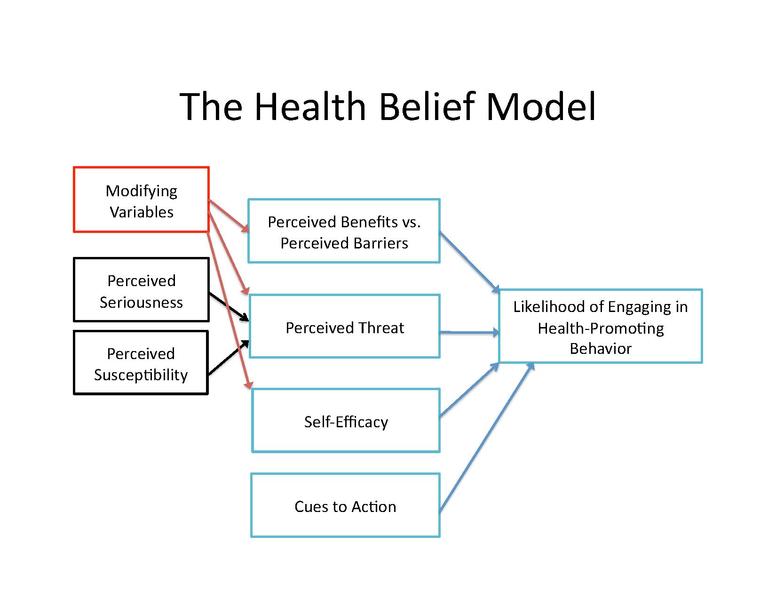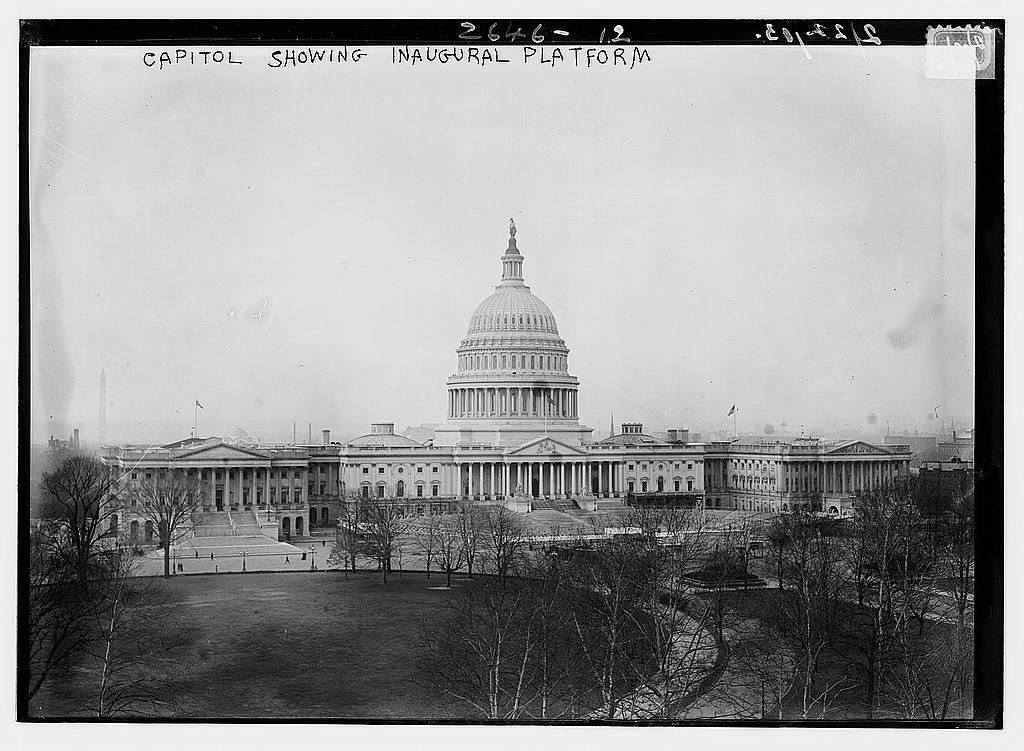America still smokes.
Just under 20 percent of us are regular cigarette smokers, although there is a lot of variation by gender and race (higher among men, lower among Asian Americans, for instance).
This is not a post about the evils of tobacco, the high health care costs associated with it, or even the socioeconomic patterns common to most addictive drugs that are so frustrating for public health workers.
Instead, one might look at this post as a reflection on the entrepreneurial spirit and technologically cutting edge strategies of tobacco companies, and the policies that are growing to address new growth in the industry.
This is a second golden era for tobacco users. It’s almost as though the 1950’s have taken a ride with Marty McFly and arrived in a world where pipes, chewing tobacco, and cigarettes might be frowned upon, but e-cigarettes, “smokeless” tobacco, and hookah lounges are embraced by hipsters, Fed Hill club goers, and baseball audiences alike. Despite the smoking bans enacted around the country (and locally in 2007), the broad range of new tobacco products on the market are also a dream come true for today’s youth. While my peers were limited to a traditional variety of options – basically cigarettes, maybe cloves for the cautious, maybe cigars for the adventuresome – middle and high school-age kids these days have a veritable smorgasbord of options including lots of fruity flavors. Paradise! According to the CDC, there’s been a big uptick in use of those little cigars – often with delicious flavoring – by the tween and teen set, since they can be bought individually with lower taxes and more flavors than cigarettes, and with fewer regulations and less oversight.
For the grownups as well as the kids, the e-cigarette is a non-smoking-friendly smokers option, as is the smokeless tobacco pouch, which doesn’t require all the spitting and blackened teeth of the bygone age of chewing tobacco.
Finally, perhaps the least bizarre on my earlier list is the hookah lounge, a long-standing, and, in many places around the world, culturally-important method of tobacco consumption. While I was in Public Health school, some colleagues and professors were conducting research into the potential harms associated with hookah use, as the popularity of these lounges is still relatively new. Their conclusions as well as well as those of the CDC are that there is significant risk for hookah users, particularly in the context of the hookah lounge, due to the length of use during a single session among other factors.
Interestingly, Baltimore County is considering a bill to sharply curb the hours of operation of local lounges, not because of tobacco-related health concerns, but because of several violent incidents that have taken place in or outside some establishments.
Regardless of the decision about this regulation, or any other local policy choices about tobacco use, the underlying fact is that tobacco remains a legal substance, used by a substantial minority of Americans. On the other hand, it is also an addictive and dangerous substance that causes a multitude of health effects, as well as correlating with negative socioeconomic indicators. Maryland, and Baltimore in particular, suffer from astonishingly high disparities in health between racial and economic groups. Tobacco related health problems, such as chronic lung conditions, are high on that list of disease disparities, and should be considered very seriously when policymakers choose how to regulate tobacco products, as well as how to allocate funding for cessation and harm reduction strategies.





